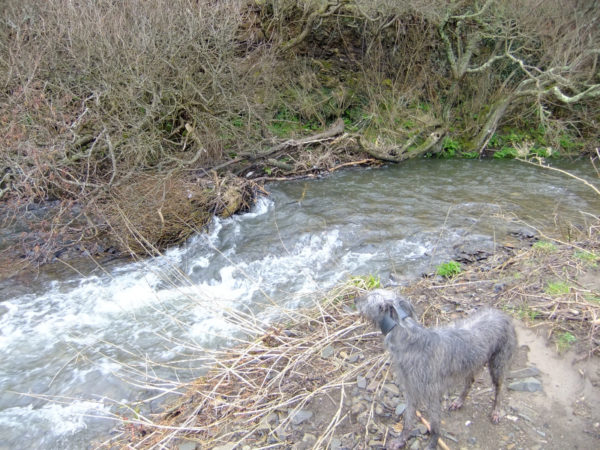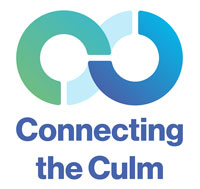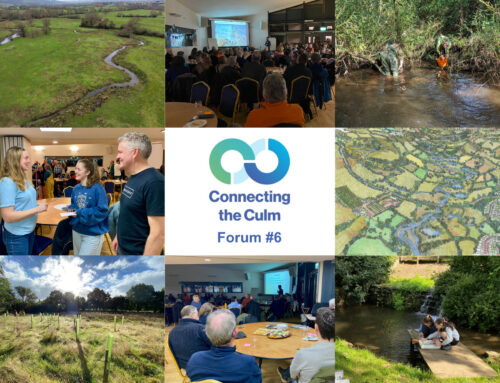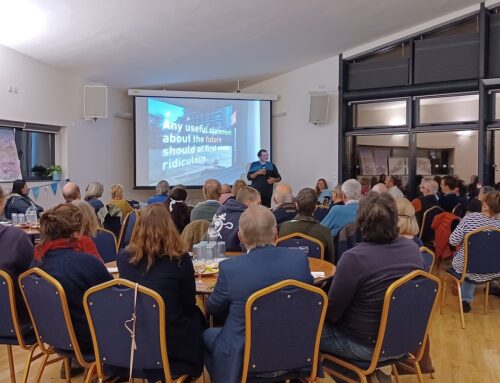One way you can help the Culm in a very practical way is to become a Culm Citizen Scientist. You’ll receive training and support from the Westcountry Rivers Trust to enable you to spot pollution so it can be dealt with quickly and produce data that is vital to understanding the health of the Culm. We run training sessions and will announce new dates in our newsletter – or, if you email csi@wrt.org.uk we’ll let you know when the next session is coming up.
Initially we ask volunteers to observe their local waterways, take pictures and we help them to spot polluted water. This may be all you do and it is hugely valuable to have knowledgeable eyes on the ground. However, if you are interested in taking your involvement and input further then we send you a water quality testing kit and we ask that you aim for a monthly survey at your site(s).
The kit is easy to use and no experience is necessary. Online training is available and we have a range of resources to aid you when you start and to progress you throughout your time as a Culm Citizen Scientist.
As a citizen scientist you will be a crucial part of Connecting the Culm. We will be able to build a detailed picture of the river using your data and observations which will feed directly into positive changes for the catchment.
Lydia Deacon, Westcountry Rivers Trust
Get involved
Want to find out more and view our online training pack and resources? Watch the video here or find out more from the Westcountry Rivers Trust.
If you are interested in becoming a water quality citizen scientist on the Culm then please email csi@wrt.org.uk.
CSI stories from the front line
CSI has been running for five years now and we have a number of citizen scientists who have been sampling for the duration. Deirdre samples monthly up in Hartland on four coastal streams. She had very little knowledge of these waterways prior to starting CSI. However, she now knows them intimately and can spot changes and report issues. By sampling regularly on her dog walks, she has created a valuable data set which tells a story of how the streams are fairing.
Down in Mevagissey, Rob and his team of samplers have come across a number of issues during their three years of sampling. Mining and sewage affect their local streams; Nick has had to report to the Environment Agency on several occasions due to the presence of sewage fungus, a micro-organism which grows because of organic pollution. They highlight, not only the importance of recording, but the need to report to the relevant organisation so issues are highlighted and dealt with.

Deirdre’s dog enjoys a spot of CSI!

Sewer overflow into mine water near Mevagissey







As a retired Professor of Physical geography, with interests in hydrology, water quality and climate change, I’m very happy to get involved with water sampling and helping to analyse data. Just ask!
Tim Burt, Sampford Peverell
Many thanks Tim, we’ll get in touch direct – much appreciated.
Hi
My son (14 yrs) is doing his bronze DofE and needs to do a voluntary part. Would this be suitable for him? He loves wildlife and nature so would like to volunteer in that field, ideally.
Many thanks
Debbie Jones
Hi Debbie, it sounds like this could be suitable – but also we have some vegetation monitoring events and training coming up. Can you register your/his interest through emailing hello@connectingtheculm.com – we can then send you details many thanks.